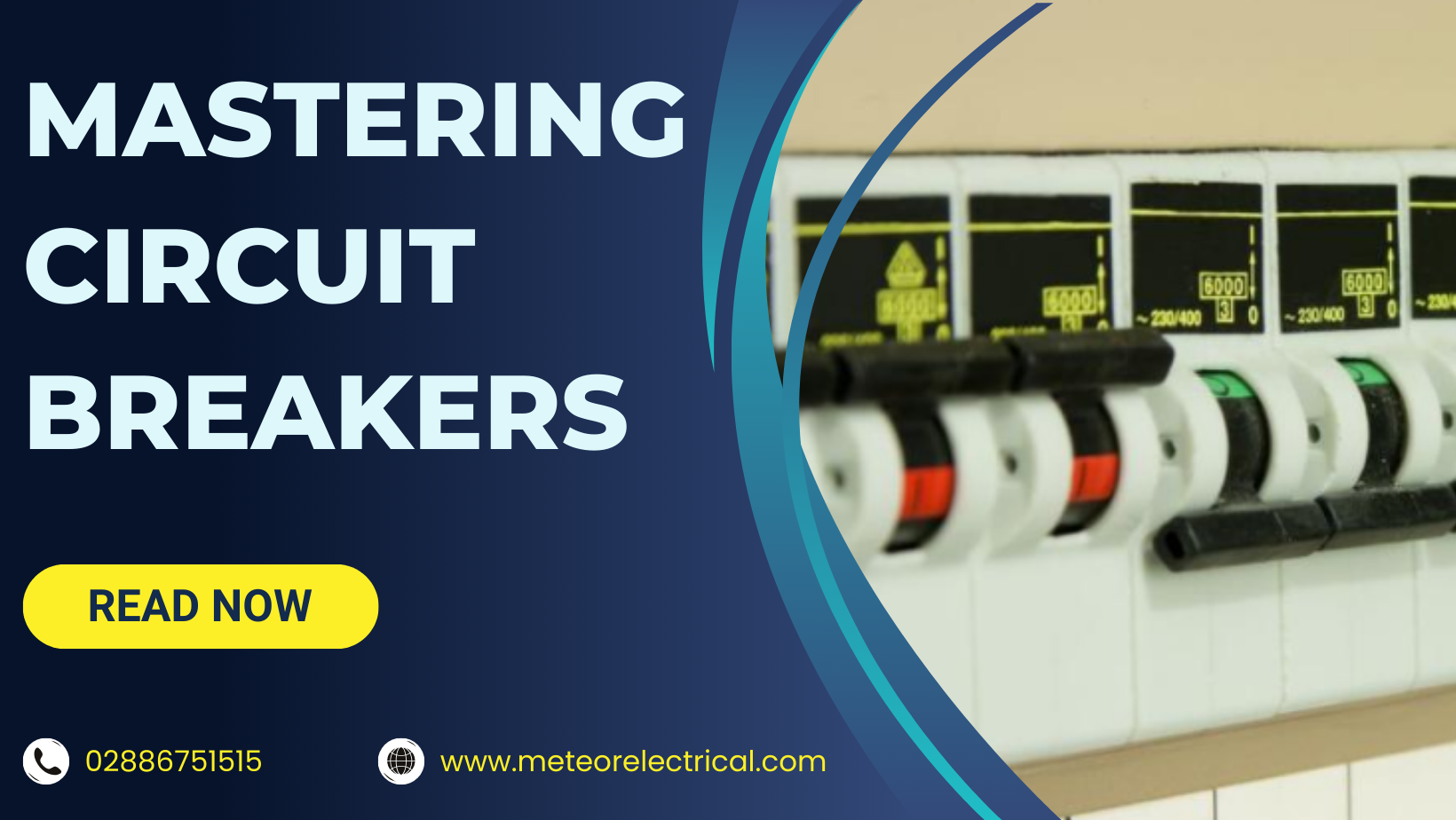Mastering Circuit Breakers: Your Ultimate Guide to Electrical Safety and Efficiency
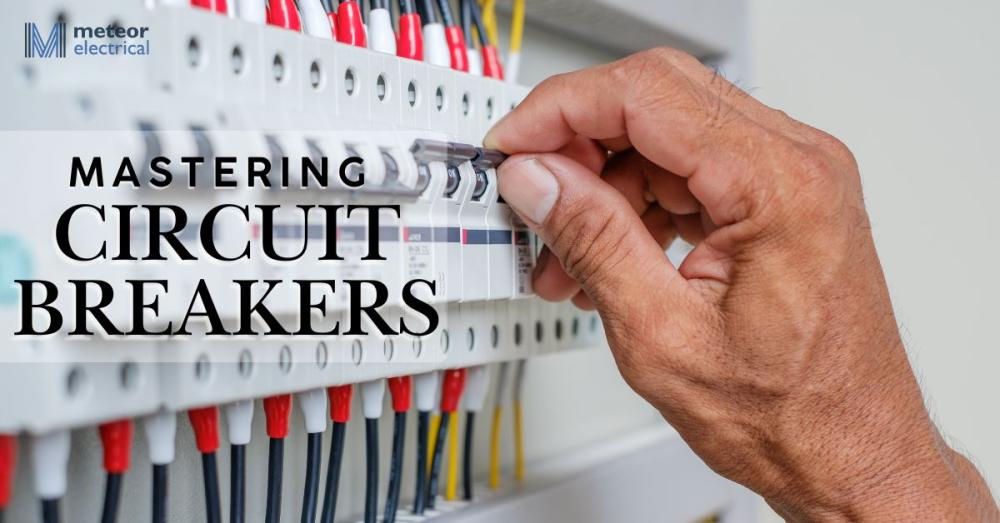
In the fast-paced world of electronics, mishaps are inevitable. Power surges, electrical breakdowns, and other unforeseen events can quickly escalate into dangerous situations if not properly managed.That's where circuit breakers come in. These vital components act as guardians, ensuring the smooth and safe operation of electrical systems. Whether you're a seasoned electrician, a homeowner tackling a renovation, or a facilities manager overseeing large installations, understanding the different types of circuit breakers and their applications is crucial. In this guide, we'll explore the various circuit breaker types, their specific uses, and how to choose the right one for your needs. Plus, we'll sprinkle in some expert tips to keep your electrical systems running flawlessly. Ready to power up safely? Let’s get started!
What Are Circuit Breakers?
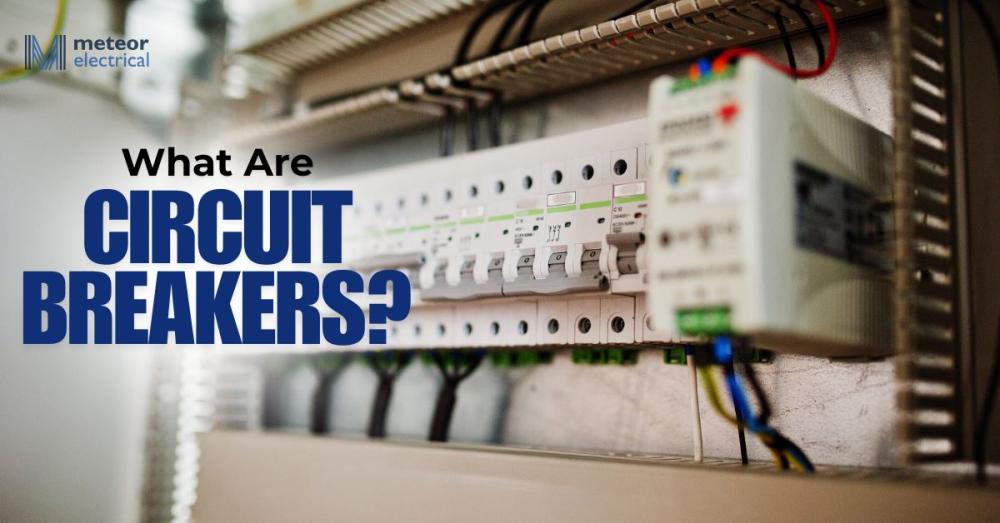
A circuit breaker is an automatically operated electrical switch designed to protect an electrical circuit from damage caused by excess current from an overload or short circuit. Unlike fuses, which must be replaced once they melt and interrupt the circuit, circuit breakers can be reset manually or automatically to resume normal operation after a fault is cleared. This makes them reusable and more convenient in many applications (Schneider Electric).
Understanding the types of circuit breakers is essential for maintaining electrical safety and efficiency, whether in residential, commercial, or industrial settings.
Different Types of Circuit Breakers
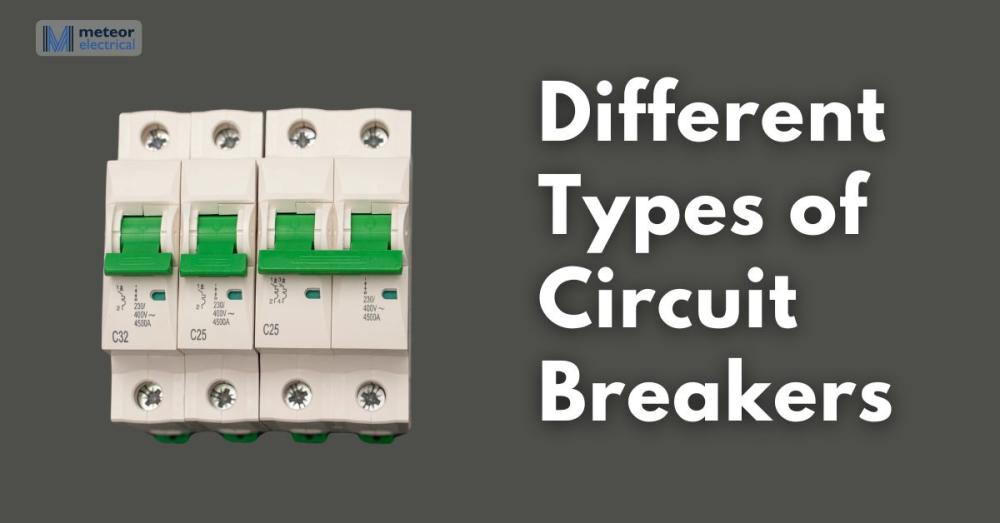
Knowing the circuit breaker types makes it easier to choose the one that best suits your electrical system's specific needs. Let’s break down the different types of breakers in electrical systems.
Miniature Circuit Breakers (MCBs)
Overview: MCBs are compact devices designed for low-current residential and light commercial applications. They protect overcurrents up to a certain threshold, typically 6 to 63 amps.
Applications: Widely used in protecting circuits in homes, offices, shops, and other small-scale installations where moderate current ratings suffice.
Molded Case Circuit Breakers (MCCBs)
Overview: MCCBs are larger and more robust than MCBs, capable of handling higher currents and offering adjustable trip settings. They are commonly employed in industrial and commercial applications where equipment and machinery draw substantial electrical loads (ABB).
Applications: These are found in factories, warehouses, large buildings, and facilities where higher current ratings and customisable settings are required.
Residual Current Circuit Breakers (RCCBs)
Overview: RCCBs are designed to protect against electrical leakage, which occurs when current leaks from an electrical installation. They detect the imbalance between the live and neutral wires and trip to prevent electric shocks (Legrand).
Applications: Essential in areas where electrical equipment may come into contact with water or damp conditions, such as bathrooms, kitchens, outdoor sockets, and swimming pools.
Arc Fault Circuit Interrupters (AFCIs)
Overview: AFCIs are specialised circuit breakers that detect dangerous electrical arcs in wiring and shut off the circuit before a fire can occur. They are crucial in preventing electrical fires caused by damaged or deteriorated wires (The Fire Protection Association).
Applications: Required by modern electrical codes in residential bedrooms and living areas to enhance fire safety by detecting and mitigating arc faults.
Ground Fault Circuit Interrupters (GFCIs)
Overview: GFCIs monitor the difference in current between the hot and neutral wires of an electrical circuit and trip to prevent electric shock. They are typically installed in areas where electrical equipment is near water sources or in damp environments (Gov.uk).
Applications: Found in kitchens, bathrooms, garages, outdoor outlets, and any location where electrical devices may come into contact with water or moisture.
Other Types of Circuit Breakers
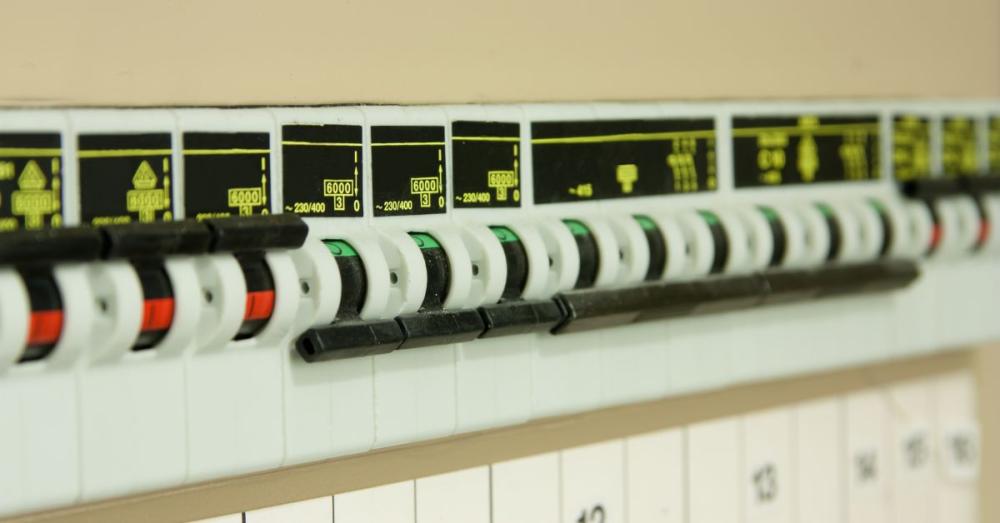
While MCBs, MCCBs, RCCBs, AFCIs, and GFCIs are among the most common, there are several other circuit breaker types designed for specific applications:
- Air Circuit Breakers (ACBs): Use air as the primary insulating and interrupting medium, suitable for high-voltage applications.
- Oil Circuit Breakers: Utilise mineral oil to break the arc, often used in older industrial systems.
- Sulfur Hexafluoride (SF6) Circuit Breakers: Employ SF6 gas known for its excellent insulation and arc extinguishing properties, effective in medium to high voltage applications.
- Vacuum Circuit Breakers: Use a vacuum as the interrupting medium, renowned for their reliability and longevity in medium-voltage applications.
Arc Interruption Mechanism: Safeguarding Your Home from Electrical Fires
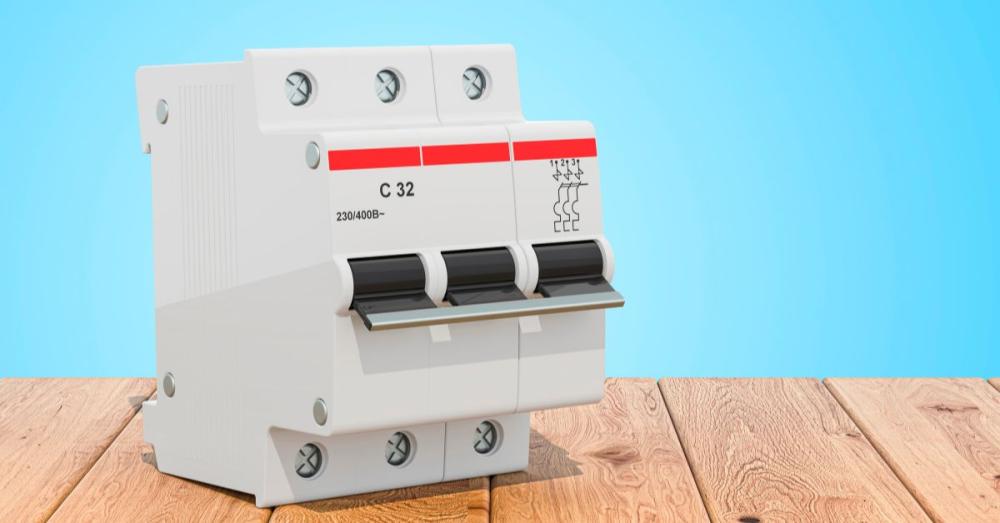
Electrical arcs are the silent threats lurking in your wiring, capable of generating extreme heat and sparking dangerous fires. These arcs occur when electricity flows through an unintended path, often due to faulty insulation. The role of circuit breakers, especially Arc Fault Circuit Interrupters (AFCIs), is to detect these hazards and stop them in their tracks.
AFCIs are equipped with advanced technology that differentiates between harmless arcs, like those when you switch on an appliance, and harmful arcs caused by damaged wires or cords (Electrical Safety Foundation International).
Here's how it works: AFCIs use sophisticated electronics to monitor the electrical waveform in your wiring continuously. When they detect a pattern that indicates a dangerous arc, they immediately trip the circuit, cutting off the electrical flow and preventing a potential fire. This proactive safety measure is crucial in residential settings, where arc faults are a leading cause of electrical fires.
By incorporating AFCIs into your home’s electrical system, you significantly enhance its fire safety, ensuring peace of mind and protection for you and your loved ones.
Credit: LRN2DIY
How Are Circuit Breakers Classified?
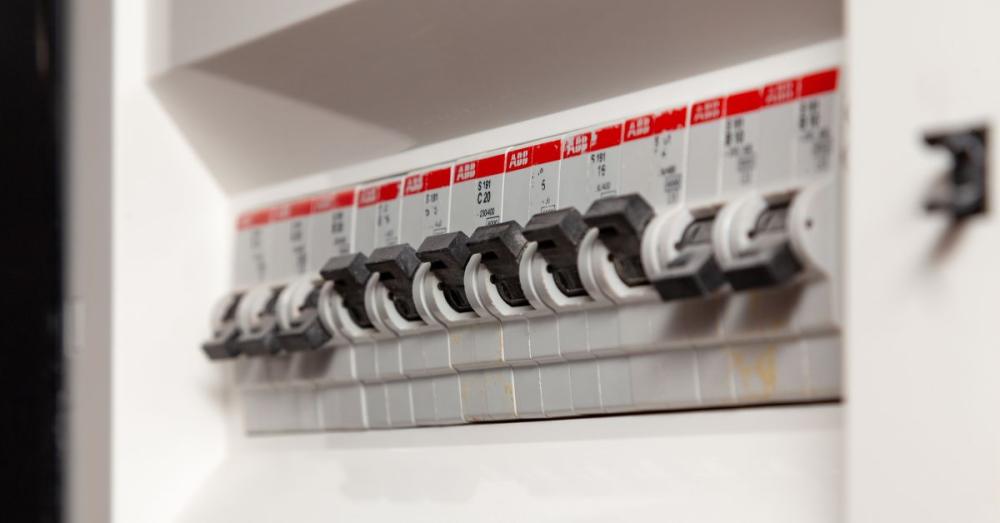
Circuit breakers are classified according to various criteria, including voltage, interruption mechanism, and installation location. Understanding these classifications helps in selecting the right circuit breaker for specific applications.
Voltage
Circuit breakers are differentiated based on their voltage rating, which determines the level of power passing through the breaker:
- High-Voltage Circuit Breakers: These are used on power transmission lines and are not for everyday or domestic use (Siemens).
- Medium-Voltage Circuit Breakers: Used for units between 1,000 and 72,000 volts, suitable for both indoor and outdoor applications.
- Low-Voltage Circuit Breakers: Common in most buildings, with the miniature circuit breaker (MCB) being the most prevalent type (Schneider Electric).
Interruption Mechanism
The interruption mechanism is crucial in determining how circuit breakers cut the flow of current. The four common types are:
- Air Circuit Breakers (ACBs): Use air as the primary insulating and interrupting medium.
- Air Magnetic Circuit Breakers: Use a magnetic field to interrupt the arc.
- Air Blast Circuit Breakers: Use compressed air to extinguish the arc through high-velocity jets (Siemens).
- Oil Circuit Breakers: Utilise mineral oil to break the arc.
- Minimum Oil Circuit Breakers: Use minimal oil with an insulating medium between current-carrying contacts.
- Bulk Oil Circuit Breakers: Use oil both as insulation and for quenching the arc, forming a rapid gas bubble to move contacts apart.
- Sulfur Hexafluoride (SF6) Circuit Breakers: Use SF6 gas known for its excellent insulation and arc extinguishing properties, effective in medium to high voltage applications.
- Vacuum Circuit Breakers: Vacuum circuit breakers use a vacuum as the interrupting medium, which is known for its dielectric recovery capabilities.
Installation Location of Circuit Breakers
Circuit breakers are installed based on specific requirements, whether indoors or outdoors:
- Indoor Circuit Breakers: These are housed in protected enclosures within buildings, shielding them from weather conditions (Schneider Electric).
- Outdoor Circuit Breakers: Designed with robust enclosures that withstand environmental elements without additional protection or roofing.
How to Choose the Best Circuit Breaker: A Comprehensive Guide
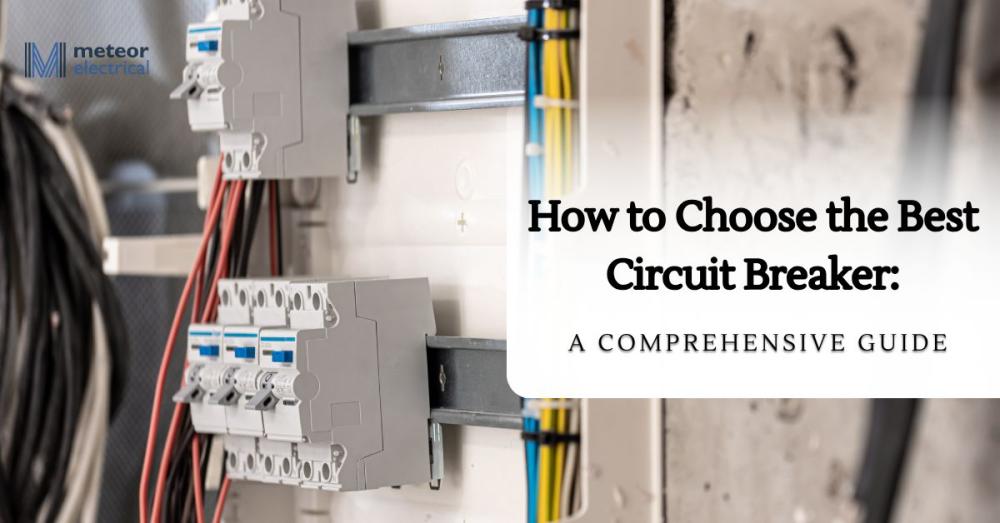
Choosing the right circuit breaker is essential for ensuring the safety and efficiency of your electrical system. It's a decision that involves balancing performance, reliability, and cost-effectiveness. Here’s an expanded guide on the key selection criteria, complete with references from top industry authorities.
Current Rating
The current rating of a circuit breaker is a critical factor. It must match or exceed the maximum current expected in the circuit to avoid unnecessary tripping. Selecting a breaker with an inadequate current rating can lead to frequent interruptions, while an overly high rating may not provide adequate protection.
Voltage Rating
Voltage rating is another vital consideration. Ensuring compatibility between the voltage rating of the circuit breaker and your electrical system is crucial for both safety and functionality. Mismatched ratings can lead to equipment failure or even electrical hazards (Schneider Electric).
Trip Characteristics
Different applications require different trip characteristics. The choice between thermal-magnetic, electronic, or digital trip units depends on the sensitivity and response time needed for your specific application.
- Thermal-Magnetic: Ideal for general-purpose use, balancing cost and performance.
- Electronic: Offers precise settings and is suitable for industrial applications with varying load conditions.
- Digital: Provides advanced monitoring and control, often used in high-end commercial and industrial settings (ABB).
Environmental Conditions
The installation location significantly impacts the type of circuit breaker you should choose. Indoor circuit breakers are designed for protected environments, while outdoor breakers are built to withstand harsh weather conditions. It's essential to select a breaker rated for the specific environmental conditions it will face (Siemens).
Special Protection
In environments prone to moisture, dust, or corrosive elements, selecting circuit breakers with special protective features is essential. These breakers are designed to maintain functionality and safety despite challenging conditions. Moisture-resistant and corrosion-resistant breakers are particularly important in industrial and outdoor applications (Legrand).
Compliance with Standards
Finally, it’s crucial to ensure that the circuit breaker you choose meets all relevant safety standards and regulatory requirements. This compliance guarantees that the breaker has been tested and certified for safety and reliability. It also ensures that your installation adheres to local and national electrical codes (Gov.uk).
Selection Criteria for Circuit Breakers
| Criteria | Description |
|---|---|
| Current Rating | Match or exceed the maximum current expected in the circuit to avoid unnecessary tripping. |
| Voltage Rating | Ensure compatibility between the voltage rating of the circuit breaker and your electrical system for safety and functionality (Schneider Electric). |
| Trip Characteristics | Choose between thermal-magnetic, electronic, or digital trip units based on application needs. |
| Environmental Conditions | Select a breaker rated for indoor or outdoor use based on the installation location. |
| Special Protection | Choose breakers with special protective features for environments prone to moisture, dust, or corrosion. |
| Compliance with Standards | Ensure the breaker meets safety standards and regulatory requirements. |
If you want to learn more about circuit breakers and how to choose the right one, here are helpful explainer resources:
Installation and Maintenance Tips
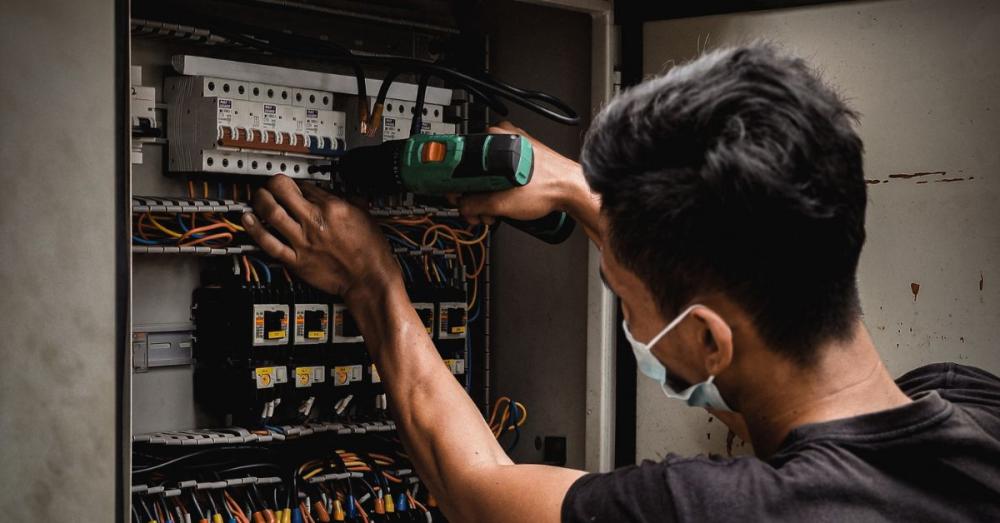
Proper installation and regular maintenance are crucial for the efficient operation and longevity of circuit breakers:
Professional Installation
Ensure compliance with local electrical codes and regulations by having circuit breakers installed by qualified electricians. Professional installation not only guarantees safety but also optimises the performance of your electrical system (Electrical Safety First).
Regular Inspections
Periodically inspect circuit breakers for signs of wear, damage, or overheating. Look for discolouration, unusual noises, or frequent tripping, which may indicate underlying issues. Replace any damaged or malfunctioning breakers promptly to maintain system integrity.
Testing
Test the functionality of circuit breakers periodically according to manufacturer recommendations or industry standards. This can involve manually tripping the breaker to ensure it resets correctly and responds as expected to simulated faults.
Documentation
Maintain records of installation dates, inspections, and tests performed on circuit breakers for reference and compliance purposes. Proper documentation helps in tracking the maintenance history and planning future upgrades or replacements.
Upgrading Circuit Breakers
As your electrical needs evolve, you may need to upgrade your circuit breakers to handle increased loads or incorporate advanced features. Consult with an electrician to assess your current system and recommend suitable upgrades.
Credit: Word of Advice TV
Advanced Topics: Smart Circuit Breakers and Future Trends
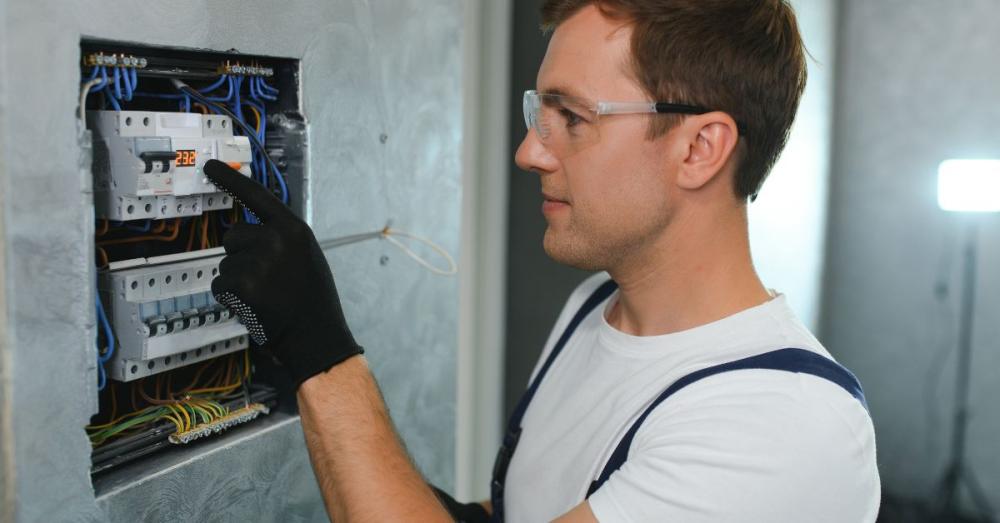
As technology advances, smart circuit breakers are becoming increasingly popular. These breakers offer enhanced monitoring and control capabilities, allowing for real-time data analysis and remote management of electrical systems.
Smart Circuit Breakers
Features:
- Remote Monitoring: Track electrical usage and detect anomalies from anywhere using a smartphone or computer.
- Automated Alerts: Receive notifications for potential issues, such as overloads or faults, enabling proactive maintenance.
- Integration with Home Automation Systems: Seamlessly integrate with smart home platforms for improved energy management and security.
Benefits:
- Increased Safety: Early detection of electrical issues reduces the risk of fires and equipment damage.
- Energy Efficiency: Monitor and optimise electrical usage to reduce energy costs.
- Convenience: Manage your electrical system remotely, enhancing overall user experience.
Future Trends in Circuit Breaker Technology

The future of circuit breakers is heading towards greater intelligence and sustainability. Key trends include:
- Enhanced Connectivity: More circuit breakers will feature IoT capabilities, enabling seamless integration with smart grids and energy management systems.
- Improved Materials: Advances in materials science will lead to breakers with higher efficiency, longer lifespans, and better performance under extreme conditions.
- Sustainability: Focus on environmentally friendly designs, including breakers with recyclable components and lower energy consumption during operation.
Common Questions About Circuit Breakers
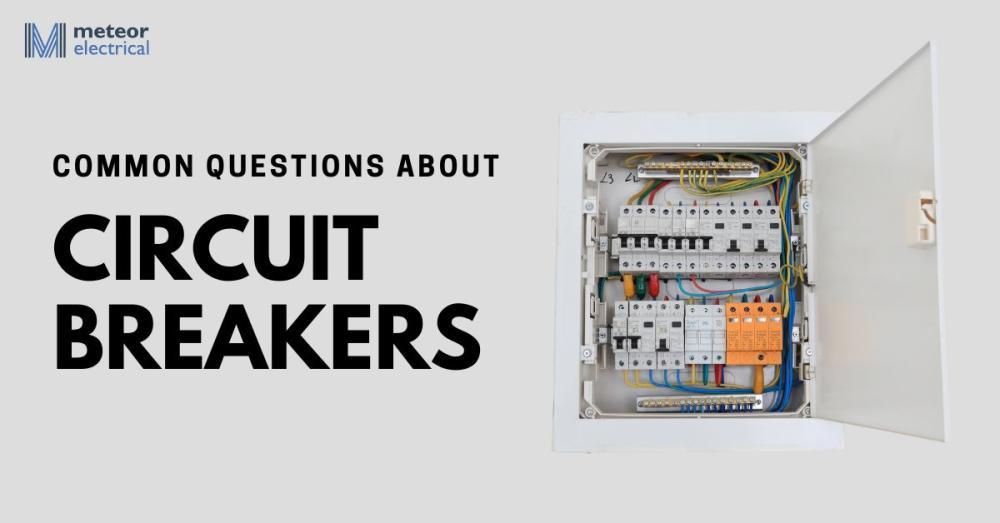
How Many Types of Circuit Breakers Are There?
There are numerous types of circuit breakers, each designed for specific applications and environments. The main categories include MCBs, MCCBs, RCCBs, AFCIs, GFCIs, and specialised breakers like ACBs, oil, SF6, and vacuum circuit breakers.
What Are the 3 Types of Breakers?
The three primary types of circuit breakers are:
- Thermal-Magnetic Circuit Breakers: Combine thermal protection for overloads and magnetic protection for short circuits
- Electronic Circuit Breakers: Use electronic components for precise control and settings.
- Digital Circuit Breakers: Offer advanced features like real-time monitoring and integration with digital systems.
What Are the Different Types of Circuit Breakers and Their Uses?
- MCBs: Ideal for residential and light commercial use.
- MCCBs: Suitable for industrial and large commercial applications.
- RCCBs: Protect against electrical leaks and shocks.
- AFCIs: Prevent electrical fires by detecting arc faults.
- GFCIs: Protect against ground faults and electric shocks.
- ACBs, Oil, SF6, and Vacuum Breakers: Used in high-voltage and specialised industrial settings.
Final Takeaway
Understanding the different types of circuit breakers and their applications is crucial for maintaining electrical safety and reliability across residential, commercial, and industrial settings. Whether you're designing a new electrical system, upgrading an existing one, or replacing a faulty breaker, selecting the right type and size can prevent costly damage and ensure a continuous power supply.
By adhering to safety standards and choosing circuit breakers suited to specific environments and electrical demands, you can significantly enhance the safety and efficiency of your electrical systems.
For top-quality circuit breakers that are built to last, visit Meteor Electrical. At Meteor, you'll find a wide range of GARO circuit breakers, which are the ideal choice for any electrician. Don't compromise on safety and reliability—explore Meteor Electrical today to find the perfect circuit breaker for your next electrical project.
FAQs
1. What is a circuit breaker, and how does it work?
A circuit breaker is an automatically operated switch that protects electrical circuits from damage caused by excess current from an overload or short circuit. It interrupts the flow of electricity when a fault is detected, preventing potential damage and hazards.
2. What are the different types of circuit breakers?
The main types of circuit breakers include Miniature Circuit Breakers (MCBs), Molded Case Circuit Breakers (MCCBs), Residual Current Circuit Breakers (RCCBs), Arc Fault Circuit Interrupters (AFCIs), and Ground Fault Circuit Interrupters (GFCIs).
3. How do I choose the right circuit breaker?
Choose a circuit breaker based on the current and voltage ratings, trip characteristics, environmental conditions, special protection needs, and compliance with safety standards.
4. Why are AFCIs important for home safety?
AFCIs detect dangerous electrical arcs that could cause fires, providing a proactive safety measure in residential settings.
5. Can circuit breakers be used outdoors?
Yes, but you need to choose outdoor-rated circuit breakers designed to withstand environmental elements without additional protection.
6. How often should circuit breakers be inspected and tested?
Circuit breakers should be checked periodically for signs of wear, damage, or overheating and tested according to manufacturer recommendations or industry standards.
7. What are the advantages of using circuit breakers over fuses?
Unlike fuses, circuit breakers can be reset after tripping, making them more convenient and cost-effective for repeated use.

